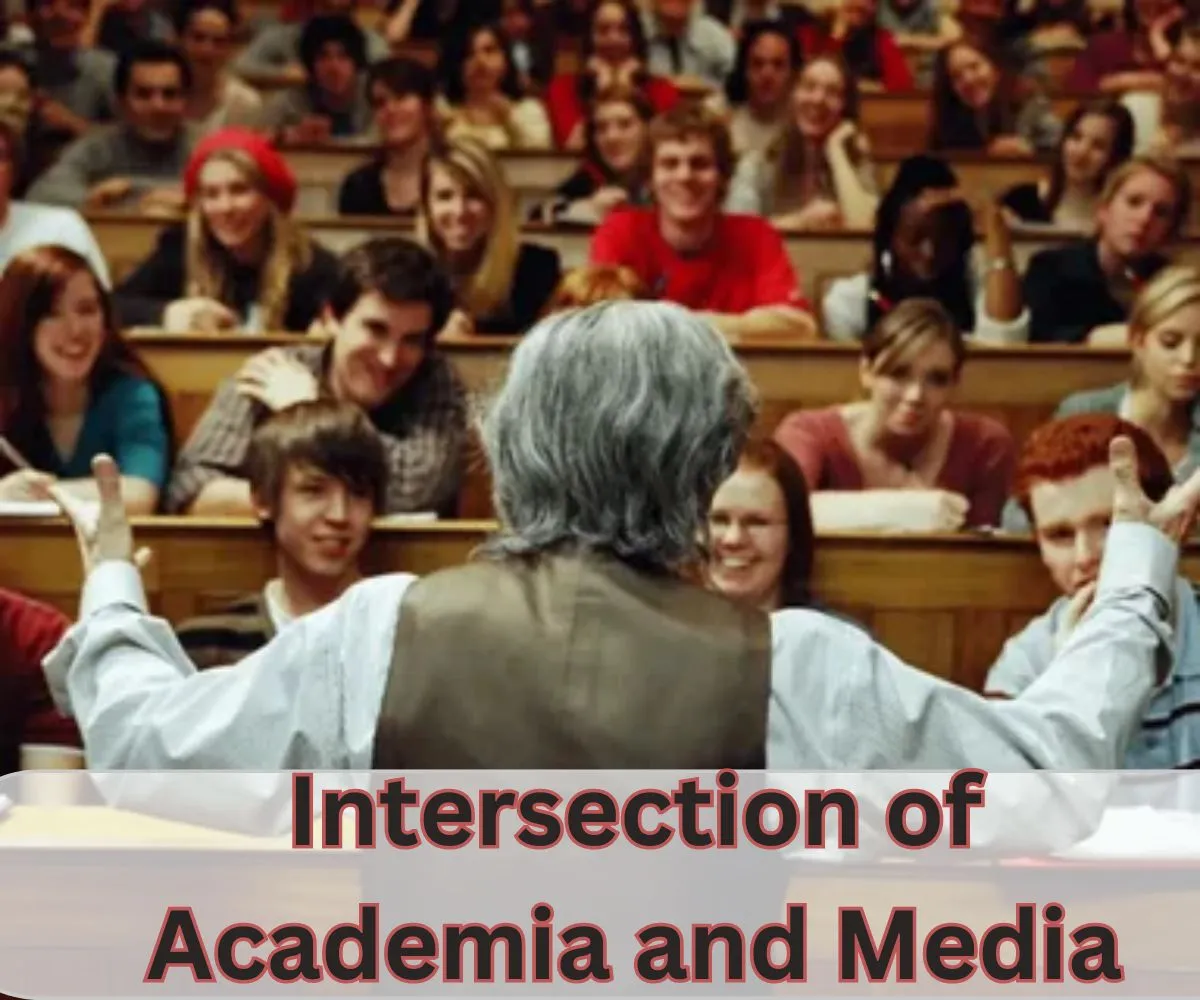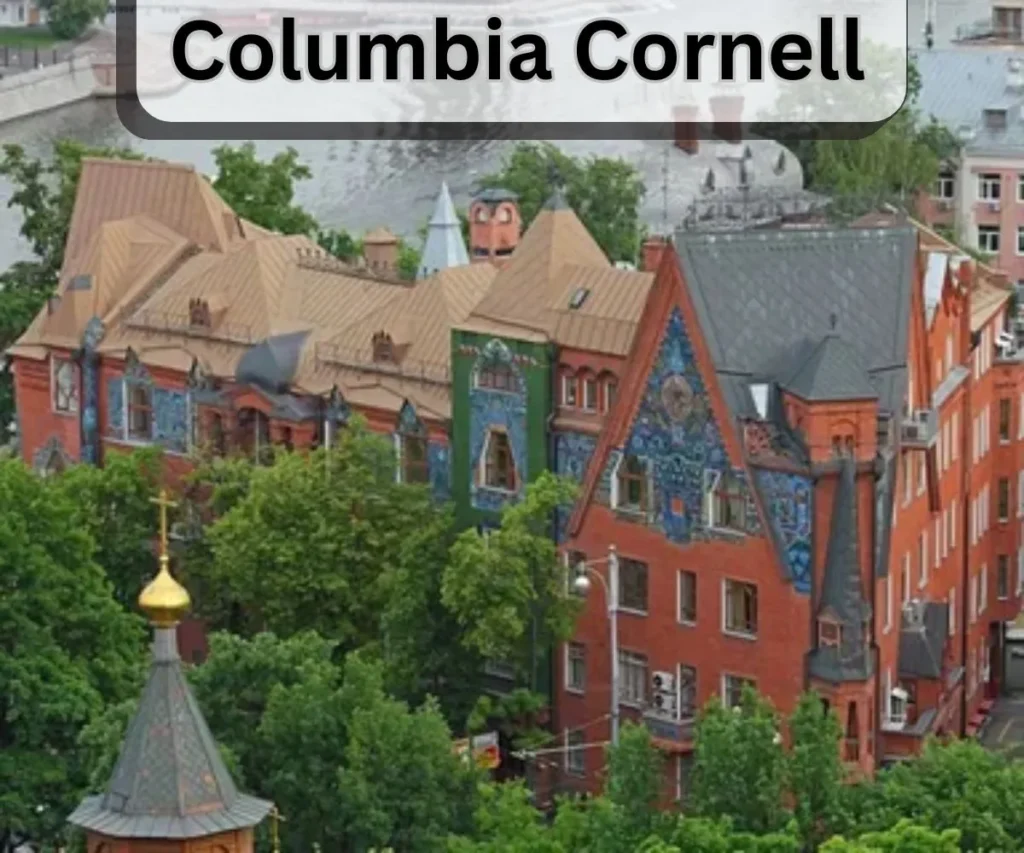In recent discussions, Columbia Cornell University, and The New York Times have carried out pivotal roles in shaping and reflecting modern activities.
Their views offer treasured insights into the intersection of academia, media, and public discourse. This evaluation explores how these influential institutions impact our expertise of cutting-edge troubles.
How do the views of Columbia Cornell and The New York Times shape out of recent times’s most pressing problems?
Columbia Cornell University are prestigious Ivy League establishments known for his or her rigorous research and academic excellence.
The New York Times, a primary newspaper, gives complete records insurance and in-intensity evaluation, influencing public opinion and discourse.
Together, they provide a rich tapestry of views on contemporary events.
Influence of Columbia University on Current Affairs

Columbia University stands as a beacon of educational excellence and notion leadership, profoundly impacting present day issues through its substantial studies programs and numerous instructional departments.
The university’s faculty members are leaders in their fields, frequently pioneering new studies that address pressing social, political, and financial worrying conditions.
Columbia’s studies output includes influential studies and insurance papers that make a contribution to countrywide and worldwide debates, shaping each public opinion and coverage discussions.
Through its various centers of studies and public forums, Columbia extends its impact past academia, supplying professional statement and insurance recommendations which have an impact on choice-makers and notion leaders worldwide.
The university’s engagement in public discourse underscores its role in shaping the broader communique on key issues, highlighting its great contribution to the development of informed and effective coverage answers.
Cornell University’s Academic Impact and Research Contributions
Cornell University is widely known for its commitment to interdisciplinary research and innovation, which spans a big variety of fields which incorporates agriculture, era, and life sciences.
The college’s research tasks are designed now not to enhance academic understanding but additionally to deal with real-world annoying conditions with realistic answers.
Cornell’s interdisciplinary method fosters collaboration at some point of numerous departments and disciplines, mainly to groundbreaking art work that influences several industries and groups.
For example, Cornell’s studies on sustainable agriculture targets to improve international meals safety, whilst improvements in era and existence sciences strain innovation and cope with public health problems.
The college’s interest in realistic programs of studies guarantees that its contributions amplify past theoretical information, providing tangible advantages to society and influencing coverage and company practices on an international scale.
The New York Times: Shaping Public Opinion and Discourse
As a prime newspaper, The New York Times performs a pivotal feature in shaping public opinion and discourse through its comprehensive information coverage and investigative journalism.
The Times is famed for its in-intensity reporting and analysis, which provide readers an in-depth information of present day occasions and complicated issues.
Its editorial stance and characteristic memories frequently set the time table for national conversations, influencing how troubles are perceived and mentioned across various media structures and public boards.
The New York Times’ investigative journalism holds effective establishments accountable, even as its function articles and opinion quantities offer some perspectives that make contributions to knowledgeable public debate.
By placing the agenda and framing troubles, The Times allows manual public know-how and response, reinforcing its function as a first rate participant in shaping the media landscape and influencing public coverage.
Intersection of Academia and Media: A Comparative Analysis

This section explores the dynamic interplay among instructional research and media reporting, that specialize in how institutions like Columbia University and Cornell University make contributions to and have interaction with The New York Times’ insurance.
By examining how instructional studies informs media narratives and the way media coverage reflects or demands instructional findings, we gain perception into the collaborative courting among the ones domain names.
Case studies of unique problems, consisting of climate change or public health crises, screen how academic insights can pressure journalistic inquiries and the manner media insurance can highlight and disseminate research findings.
This comparative evaluation underscores the importance of each academia and media in providing an entire and nuanced knowledge of complicated issues.
The synergy amongst the ones geographical areas enhances public discourse, imparting a richer and extra informed attitude on important subjects.
Case Studies: Key Issues Addressed through the use of These Institutions
This phase delves into unique case research that illustrate how Columbia University, Cornell University, and The New York Times have addressed huge problems.
For example, we might explore Columbia’s contributions to urban planning and social equity, Cornell’s improvements in sustainable agriculture, and The New York Times’ investigative reporting on public fitness.
Each case has a look at highlights how the institutions’ artwork intersects and impacts broader conversations.
By examining their collective impact on issues like climate exchange, social justice, and public fitness, we gain a deeper information of the manner their efforts form public debate and coverage choices.
These examples offer sensible insights into the strategies wherein instructional research and media reporting make a contribution to addressing international challenges and the use of societal trade.
Future Trends: How Columbia Cornell and NYT Will Shape Tomorrow’s Conversations

Looking forward, this segment anticipates rising trends and future directions for Columbia Cornell University, and The New York Times.
It explores how the ones institutions are in all likelihood to evolve and continue to form public and educational conversations.
For Columbia and Cornell, this could include growing their research cognizance to cope with new international disturbing situations or adopting innovative methodologies.
For The New York Times, it could incorporate adapting to adjustments in media intake and persevering with to provide in-depth, investigative reporting in an evolving digital panorama.
By reading potential destiny contributions and shifts in attention, we benefit belief into how those institutions will affect upcoming debates and troubles.
This ahead-looking mindset enables them to assume how they’ll contribute to shaping future public discourse and policy discussions.
FAQ’S
How does Columbia University have an effect on public policy?
Columbia Cornell University influences public insurance through its studies, expert opinions, and policy recommendations from its university.
What are Columbia Cornell University’s greatest great research achievements?
Columbia Cornell University is famed for breakthroughs in fields like agriculture, engineering, and existence sciences.
In what techniques does The New York Times affect public opinion?
The New York Times shapes public opinion through in-depth reporting, editorial perspectives, and investigative journalism.
How do academic studies and media reporting intersect?
Academic research presents evidence and analysis that media reporting uses to tell and contextualize cutting-edge activities.
Conclusion
In cease, Columbia Cornell and The New York Times each play critical roles in shaping our expertise of cutting-edge issues via their distinct, however interconnected contributions.
These combined have an effect on highlighting the significance of integrating academic rigor with media evaluation to foster a more informed and nuanced public discourse.
you can read this post

